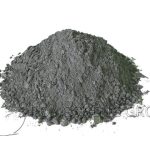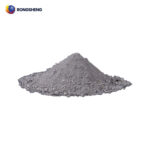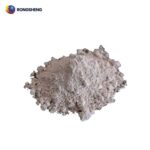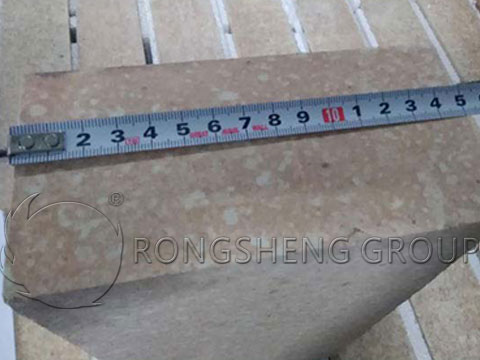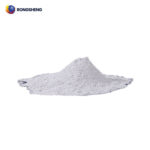Application of Zirconia in Refractory Materials
The application of zirconia materials in refractory materials and ceramic materials focuses on phase transformation toughening mechanism, mechanical properties at room temperature and high temperature, friction and wear mechanism and practical application of zirconia ceramics.
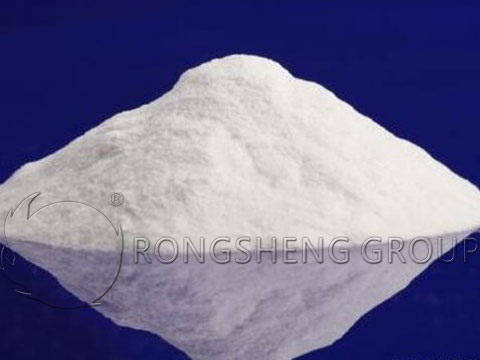
Toughening and Strengthening Ceramics
In the past decade, numerous researchers have explored strengthening refractory materials by inducing minute volume changes and microcracks in localized phases within the matrix. Some have noted that the finer the ZrO₂ particles, the lower the temperature at which the tetragonal to monoclinic phase transition occurs, potentially dropping from the typical temperature of around 1000°C to below room temperature or even absolute zero. During the transformation of tetragonal ZrO₂ to monoclinic ZrO₂, the volume change causes numerous microcracks smaller than a critical size to form around the transitioning particles. These microcracks are non-extensive under load and therefore do not reduce the material’s strength. When a large crack propagates under load and encounters these cracks, a new phase transition is induced, redirecting the propagating crack and absorbing energy, thereby achieving a toughening effect.
On the surface of a sintered body, tetragonal ZrO₂ readily transforms to monoclinic ZrO₂ due to the absence of matrix constraints. However, the internal tetragonal crystals remain metastable due to pressure from the matrix from all sides, resulting in volume expansion at the surface, which in turn generates compressive stress and provides surface strengthening.
Zirconia Hollow Ball Bricks
The production process for zirconia hollow ball bricks follows the same principles as that for alumina hollow balls, except that the melting temperature is higher, reaching above 2700°C. CaO is currently widely used as a stabilizer in China. Zirconia hollow ball products are made entirely of zirconia hollow balls and possess excellent high-temperature strength and a stable pore structure. They are used as insulation materials for furnace covers and other areas in ultra-high-temperature equipment, such as medium-frequency high-temperature furnaces, carbon black reactors, tungsten rod furnaces, and molybdenum furnaces. Physical Properties of Zirconia Hollow Ball Bricks and Zirconia Bricks.
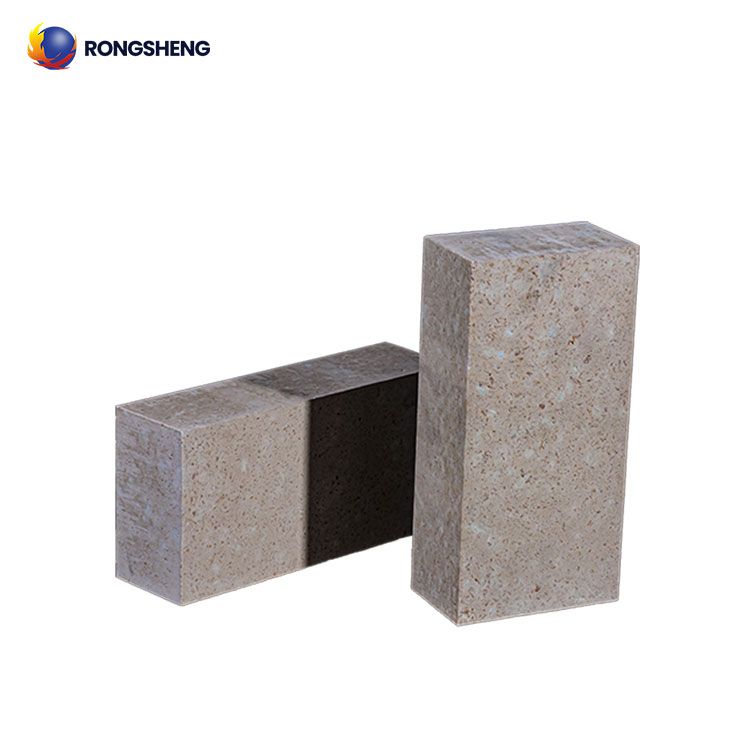
Sizing Nozzles
Currently, most steel worldwide is produced using continuous casting technology, making the service life and performance of sizing nozzle refractory materials crucial. Zirconia sizing nozzles are widely used in tundishes for the continuous casting of small billets. Nozzle performance directly impacts the duration of continuous casting. Sizing nozzles are the nozzle bricks used in the sliding nozzle system used by steel mills for casting billets. The sliding nozzle system took nearly 80 years from its conception to industrialization. The most critical reason for this is substandard material quality, which significantly outperforms stopper systems. Zirconia nozzles offer excellent corrosion resistance to molten steel and slag, and are typically made from high-purity zircon, CaO-stabilized ZrO2, and industrial zirconia. Zirconia sizing nozzle bricks are important for performance.
The most critical components of a sliding nozzle assembly are the slide block and the nozzle bricks embedded within it. The assembly typically includes upper and lower slide blocks and upper and lower nozzle bricks. Casting begins when the upper and lower nozzle bricks align. The upper nozzle brick is mounted on the ladle bottom. It and the upper slide block remain stationary, while the lower nozzle brick and lower slide block slide to control the angle steel. The upper nozzle brick remains submerged in the molten steel and is relatively inexpensive to replace, placing high demands on the product and a long lifespan. The lower nozzle bricks critically control pouring speed and quality, but have lower lifespan requirements, with a lifespan of 8 hours or more.
Thin Films and Coatings
ZrO2 is a thin film material that has been developed over many years and has a wide range of applications. Due to its excellent heat resistance, thermal insulation, optical, electrical, mechanical, and chemical stability, it can be used as thermal barrier coatings, insulation, wear-resistant, corrosion-resistant coatings, and optoelectronic devices. Therefore, it has broad applications in aerospace, steel metallurgy, mechanical manufacturing, optics, electronics, and other fields, and its prospects are very broad.
For many years, researchers at IBM in the United States have conducted extensive research on the sputtering deposition of ZrO2 films. They have deposited ZrO2 films using magnetron sputtering and radio frequency sputtering, and have developed new high-speed reactive magnetron sputtering equipment. This improves deposition rates while reducing target material. The United States has also conducted extensive research on the production of Al2O3 and ZrO2 functional thin films using processes such as ion-assisted deposition and multi-arc ion plating. The United Kingdom and Japan have conducted research on the use of ZrO2 thin films as thermal barrier coatings. As optical films, they can be used in laser reflectors, high-refractive index mirrors, and broadband interference filters.
Zirconia Kiln Materials
Zirconium refractory materials containing 94% to 95% zirconium oxide have been successfully developed and applied to the roof and key areas of glass kilns, significantly extending the life of the kilns. Zirconia is primarily used as a refractory material in key areas of large glass tank kilns. Earlier zirconium refractory materials contained only 33% to 35% zirconium oxide. Zirconia is melted and blown to produce hollow zirconia balls of varying sizes, which are then used to manufacture a variety of high-quality insulation bricks, eliminating the dust pollution caused by aging ceramic fibers.
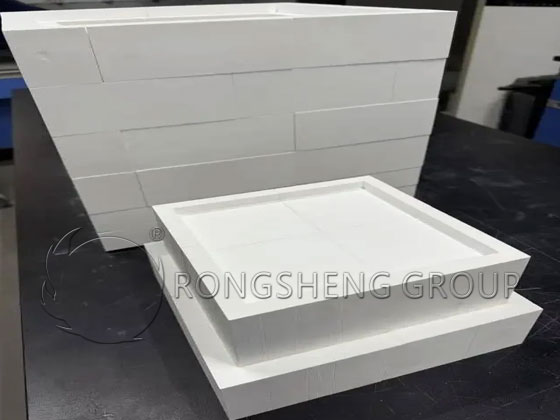
Applications of Zirconia Bricks
Zirconium oxide bricks offer outstanding chemical and wear resistance. Therefore, they are widely used in harsh environments where metal or other materials are difficult to use. Applications include semiconductor equipment parts, mechanical seals, papermaking machinery, fiber machinery, electronic parts, cutting tool rollers, sleeves, watch cases, decorative items, and other parts requiring chemical and heat resistance, as well as ceramic components for mechanical structures.
Zirconium oxide bricks have a high, mirror-like surface finish, which is extremely smooth and reduces wear, further extending the life of equipment and minimizing material contamination. In addition, zirconia bricks have high toughness, which overcomes the inherent brittleness of ceramics and has better performance in impact resistance.

